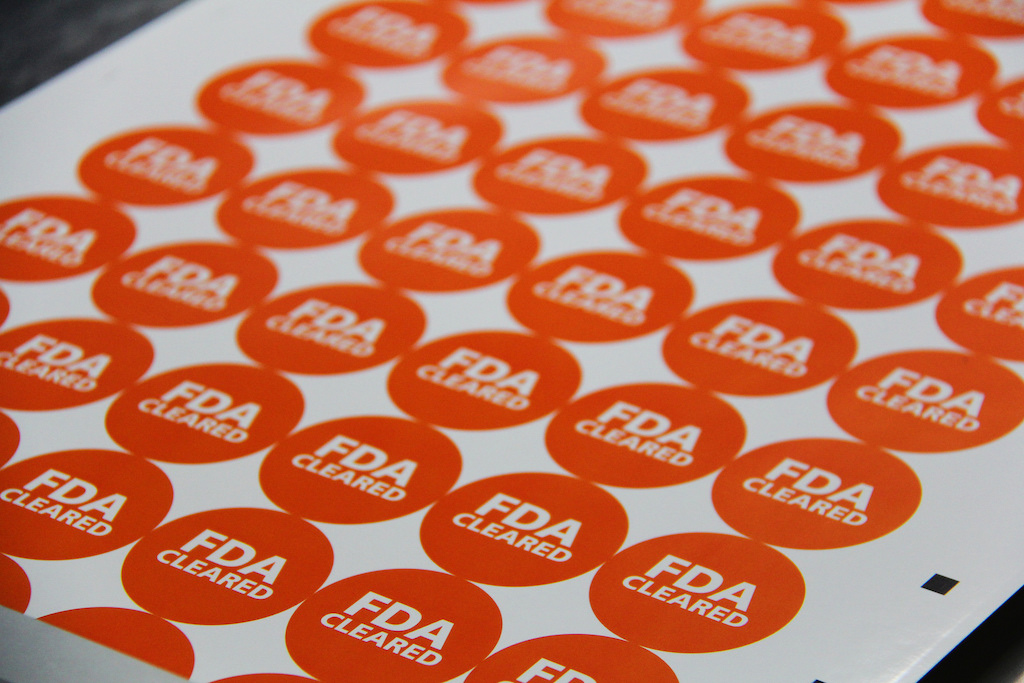Last week the Food & Drug Administration (FDA) published a new guidance for industry, resolving a food safety muddle that goes back almost half a century. Since we’re talking about FDA, “resolve” is probably too strong a word for what the agency has done, but the guidance, and the whole process that led to it, shines a bit of light on the oddest, most baffling part of food safety regulation in the United States: The rules governing GRAS ingredients—substances “generally recognized as safe.”
GRAS was born in a piece of legislation called the Food Additives Amendment of 1958. At the time there was considerable public fear about what was going into food—and especially about carcinogens. The amendment declared that all additives to food had to be declared safe by FDA, kind of the way that drugs can’t go on the market without FDA approval.
And then came the big one: An ingredient in food was not to be considered an additive—and didn’t require pre-marketing approval—if it was generally recognized as safe, which the amendment defined as “generally recognized, among experts qualified by scientific training and experience to evaluate [their] safety, as having been adequately shown through scientific procedures (or, in the case of a substance used in food prior to January 1, 1958, through either scientific procedures or experience based on common use in food) to be safe under the conditions of its intended use.” (21 U.S.C. §321)
The FDA was hesitant to nail down a procedure for establishing GRAS for a long, long time
The FDA’s web page on GRAS quotes then-commissioner George P. Larrick explaining the intent of the language: “We believe only those chemicals should be automatically exempted from the new law which are recognized among competent experts as safe for their intended use. This would make it unnecessary, for example, to do studies on table salt, but would not approve the continued use, without proof of safety, of the synthetic emulsifiers now widely used in some fabricated foods.”
So how do you establish that something is GRAS? Life is too short for me to review the entire history of how FDA applied the concept. (The younger among you, or those confident of their longevity can indulge themselves in this fine article by attorney George G. Misko.) The short version of the story is that FDA was hesitant to nail down a procedure for a long, long time. It issued several preliminary rules, then failed to finalize them. (That’s a more common occurrence than you might think.) For a while, it had manufacturers file notices declaring their new ingredients were GRAS, and FDA would rule on them. Then it asked (but did not require them) to file, but mostly didn’t respond unless asked. Then it asked for filings, but never said that it approved or disapproved: It answered either that it didn’t have any questions, or that it didn’t have enough information. (The latter is the kind of notification Impossible Foods got for its soy leghemoglobin.) In any case, you could go on selling your product until FDA actively intervened and said you couldn’t.
As so often happens, the interesting stuff in the document is in the appendix, where FDA answers comments it received during its review process. Most of them focus on the issue of whether proprietary information can be used to determine that an ingredient is GRAS. And FDA is holding the line quite firmly. If you want to go the GRAS route for your product instead of the slower, more expensive pre-marketing approval route, you have to use publicly available, preferably peer-reviewed data. On the other hand, FDA also fends off the suggestion that “generally recognized” means there has to be unanimity in the expert community.
In today’s climate of both technical innovation and extreme distrust, we aren’t likely to get better
I know. The whole process sounds goofy. But when you stop and think about it, it’s not necessarily the worst way to regulate food additives. (I’m going to temporarily, respectfully, leave aside the point of view that all additives are intrinsically bad. It may be true, but it’s not a practical alternative at the moment.) Consider:
FDA has always been short on resources. I think we really do have to choose between pre-marketing approval and the sort of inspections and enforcement that have improved the safety of our food supply so much. The requirement that manufacturers self-certify will keep most potentially dangerous substances out of the marketplace—and really, even FDA’s high-powered, elaborate drug approval system doesn’t do much better than that. The dangers that sneak through the process will likely be subtle, emerging only after the product is on the market for a while.
And the emphasis on using published information is important as well. It means that those activists and litigators can look at the same material that was used in making the GRAS claim. There can be none of the secrecy that mars drug or ingredient approvals based on proprietary data. (Yes, companies can submit private data, but it can only be corroboration. The data used in deciding that something is GRAS has to be exclusively public.) That’s a big step toward transparency.
It’s true that companies don’t have to go through the GRAS process. They can petition for pre-marketing approval and back up their safety claims with proprietary data. But last time anyone looked, pre-marketing approval for a food ingredient at FDA took 72 months. Almost no one ever chooses it. Almost no one ever will.
So, on balance, you can probably be reasonably happy with the new guidance. It’s not perfect, but in today’s climate of both technical innovation and extreme distrust, we aren’t likely to get better. Sleep easy.
But keep reading those labels. Your mama didn’t raise no idiots.












